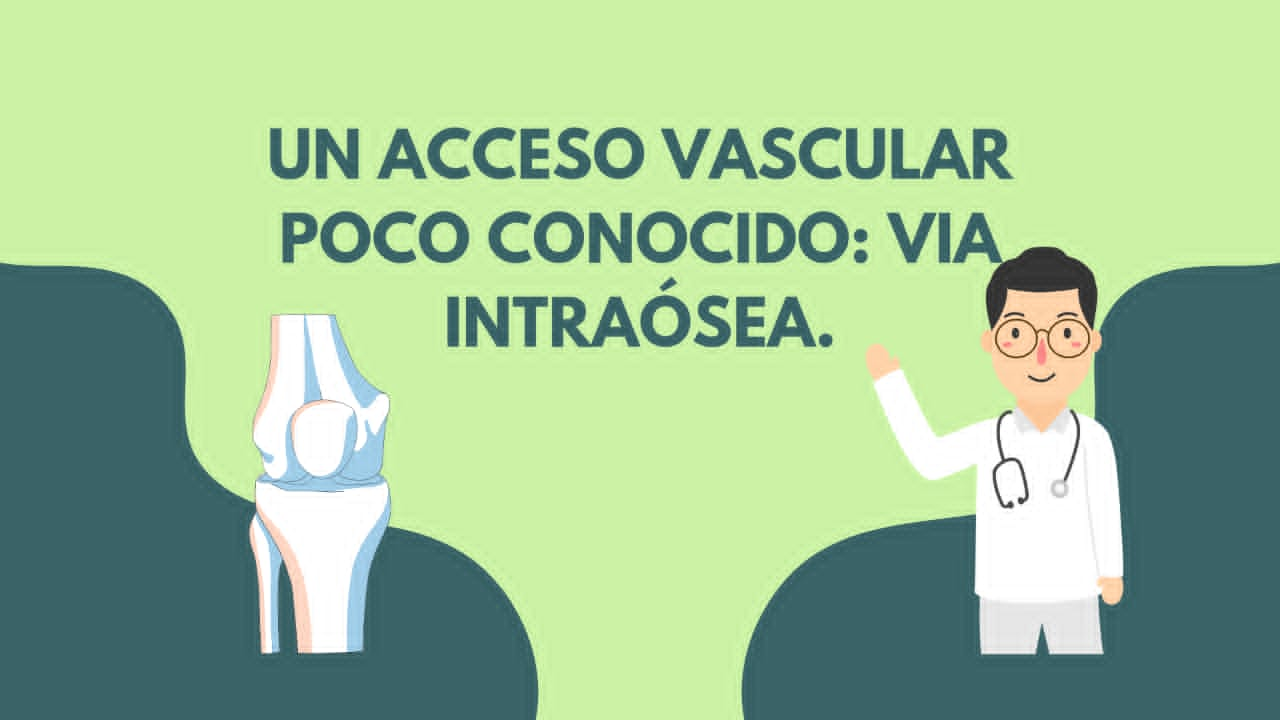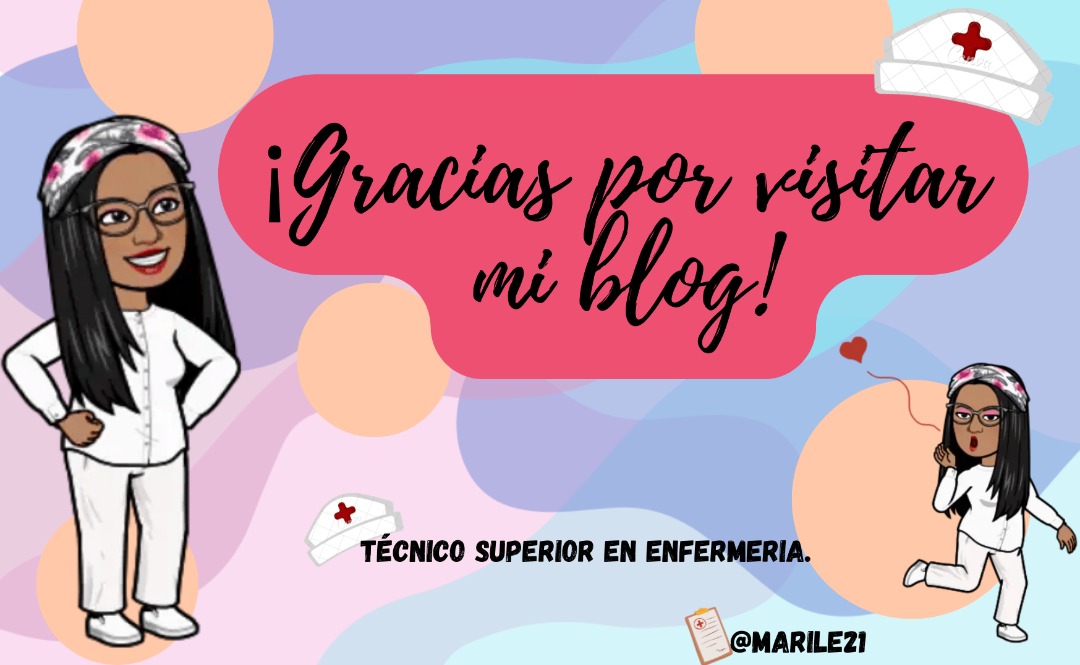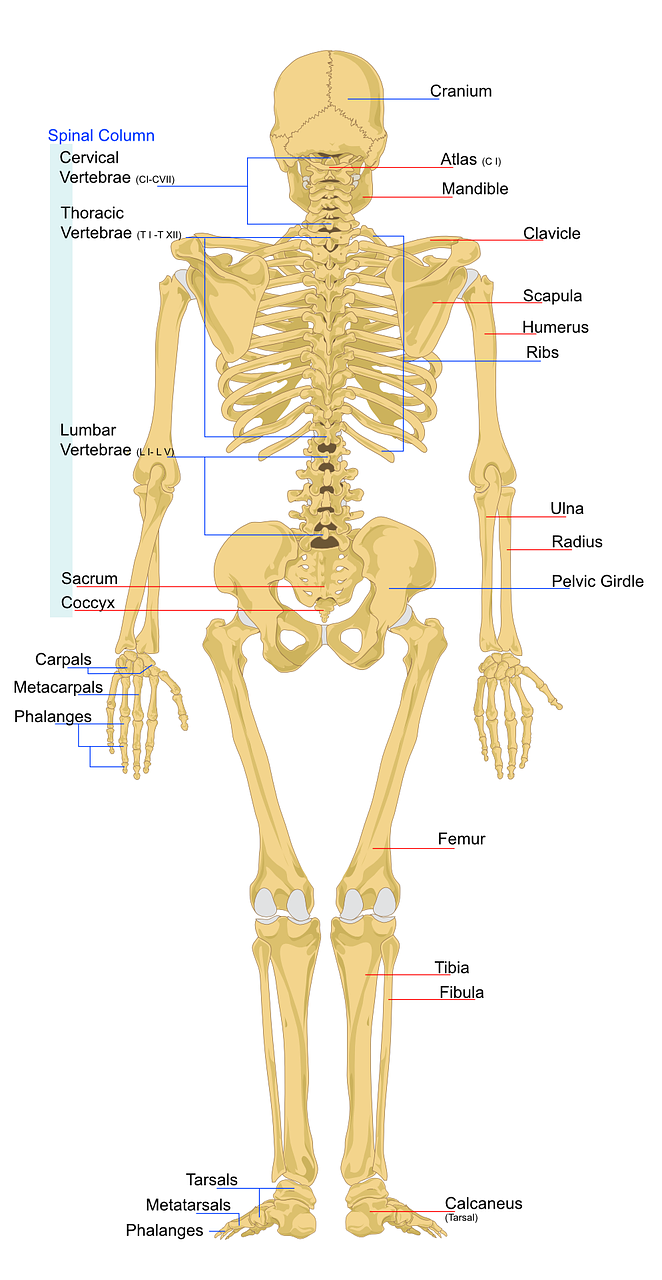
La canalización del acceso vascular es una de las acciones fundamentales que debe realizar el personal de salud en todos los pacientes que ingresan al área hospitalaria, especialmente en las emergencias, es de vital importancia para atender las necesidades inmediatas del paciente y lograr la estabilización.

Diseño creado en @Canva -Design created in @Canva.
Los accesos intravenosos más conocidos en urgencias son las vías venosa periférica y central, pero existe otra vía poco conocida que se suele utilizar en casos excepcionales. Es la vía intraósea, básicamente es un catéter que se instala en la médula ósea de los huesos largos y que permite la transfusión de diversos fármacos.
La canalización de la vía intraósea debe ser realizada por personal capacitado, debe conocer las principales regiones anatómicas donde se coloca, precauciones, contraindicaciones, técnica y fármacos que se pueden transfundir a través de ella, con práctica el personal experimentado lo colocará en un poco tiempo permitiendo asi atender la urgencia que presenta.

La vía intraósea se puede canalizar en huesos largos como el húmero, fémur, tibia, tanto en la población adulta como infantil, existen casos en los que el paciente no puede canalizar rápidamente un acceso periférico o central, por lo que se utiliza esta técnica, esta especialmente en pacientes con edemas, quemados, politraumatizados, en shock hipovolémico, es una alternativa durante la parada cardiorrespiratoria.
Es importante mencionar que puede estar contraindicado en algunas situaciones patológicas como osteoporosis, lesiones en el sitio de punción, infecciones, tumores en la región también impiden el procedimiento. Esta técnica puede ser realizada tanto por personal médico como de enfermería.
Al momento de realizar la técnica se debe adormecer el área con un anestésico, esto en el paciente consciente, la función de la vía intraósea es igual que la vía intravenosa, permite transfundir soluciones, fármacos y hemocomponentes y son distribuidos en la circulación sistémica.

Se deben cumplir las normas de asepsia y antisepsia para evitar contaminaciones ya que la principal complicación podría ser la sepsis, el catéter no puede permanecer más de un día después de la recuperación del paciente, se debe cateterizar una vía periférica o central. Debemos vigilar el sitio de punción en cuanto a la coloración, salida de líquido a los tejidos esto se debe a la mala posición del catéter, una buena técnica reduce las complicaciones, esta es una de las vías de acceso menos frecuentes, pero puede ayudar a salvar la vida del paciente.

ENGLISH
The channeling of vascular access is one of the fundamental actions that health personnel must carry out in all patients who enter the hospital area, especially in emergencies, it is of vital importance to attend to the immediate needs of the patient and achieve stabilization.
The best-known intravenous accesses in the emergency room are the peripheral and central venous lines, but there is another little-known route that is usually used in exceptional cases. It is the intraosseous route, basically it is a catheter that is installed in the bone marrow of the long bones and that allows the transfusion of various drugs.
The cannulation of the intraosseous route must be carried out by trained personnel, they must know the main anatomical regions where it is placed, precautions, contraindications, technique and drugs that can be transfused through it. With practice, experienced personnel will place it in a short time. thus allowing to attend to the urgency that it presents.
The intraosseous route can be channeled in long bones such as the humerus, femur, tibia, both in the adult and child population, there are cases in which the patient cannot quickly channel a peripheral or central access, for which this technique is used. It is especially in patients with edema, burns, polytraumatized, in hypovolemic shock, it is an alternative during cardiorespiratory arrest.
It is important to mention that it may be contraindicated in some pathological situations such as osteoporosis, lesions at the puncture site, infections, tumors in the region that also prevent the procedure. This technique can be performed by both medical and nursing staff.
At the time of performing the technique, the area must be numbed with an anesthetic, this in the conscious patient, the function of the intraosseous route is the same as the intravenous route, it allows transfusing solutions, drugs and blood components and they are distributed in the systemic circulation.
The rules of asepsis and antisepsis must be followed to avoid contamination since the main complication could be sepsis, the catheter cannot remain more than one day after the patient's recovery, a peripheral or central line must be catheterized. We must monitor the puncture site in terms of coloration, leakage of fluid into the tissues, this is due to the poor position of the catheter, a good technique reduces complications, this is one of the least frequent access routes, but it can help to save the patient's life.

La información que acabas de leer es de mi aprendizaje en la carrera de T.S.U en enfermería. - The information you just read is from my learning in the career of T.S.U in nursing.
Los separadores fueron realizados en PaintTool SAI. - The separators were made in Paint Tool SAI.
Las fotografias son de mi propiedad y fueron tomadas con mi teléfono Redmi Note 9. - The photographs are my property and were taken with my Redmi Note 9 phone.
Traducción de: Google traductor - Translation of: Google translator.

.jpeg)
Diseño creado en @Canva y @Bitmoji. -Design created in @Canva and @Bitmoji.


Su post ha sido valorado por @ramonycajal
Muchas gracias equipo de curacion, saludos!
Congratulations @marile21! You have completed the following achievement on the Hive blockchain And have been rewarded with New badge(s)
Your next target is to reach 95000 upvotes.
You can view your badges on your board and compare yourself to others in the Ranking
If you no longer want to receive notifications, reply to this comment with the word
STOPCheck out our last posts:
Support the HiveBuzz project. Vote for our proposal!
Thanks for your contribution to the STEMsocial community. Feel free to join us on discord to get to know the rest of us!
Please consider delegating to the @stemsocial account (85% of the curation rewards are returned).
You may also include @stemsocial as a beneficiary of the rewards of this post to get a stronger support.
Agradecida por el apoyo, feliz tarde
interesting i dind't know that you could use through the bones
!1UP
You have received a 1UP from @gwajnberg!
@stem-curator
And they will bring !PIZZA 🍕. The @oneup-cartel will soon upvote you with:
Learn more about our delegation service to earn daily rewards. Join the Cartel on Discord.
PIZZA Holders sent $PIZZA tips in this post's comments:
(10/20) @curation-cartel tipped @marile21 (x1)
You can now send $PIZZA tips in Discord via tip.cc!
Nice